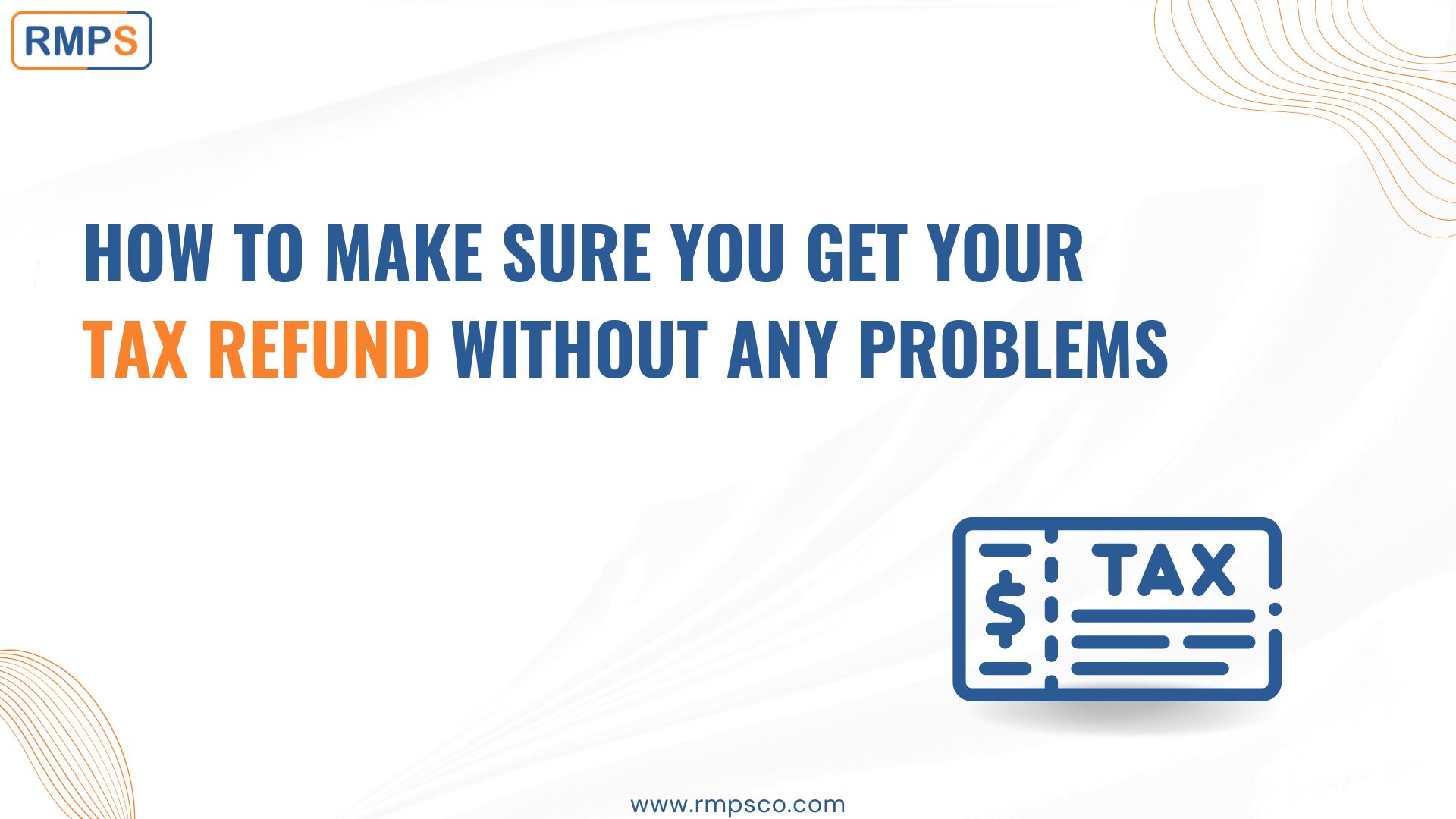
Filing your Income Tax Return (ITR) can sometimes feel confusing, especially when waiting for a refund. If you’ve paid more tax than you needed to during the financial year, you’re likely due a refund. Here’s a simple guide to help you get your refund smoothly and fix any issues if they come up.
Steps to Receive Your Tax Refund
1. What Is a Tax Refund?
When you file your ITR, the tax department reviews your return to see if you’ve paid too much tax. If you have, you will get a refund. This process starts when you receive a notice under Section 143(1) of the Income-tax Act, 1961. The notice confirms that the department has reviewed your return and that you’re due a refund.
2. How the Refund Process Works
For the financial year FY 2023-24 (Assessment Year 2024-25), the deadline for filing your ITR was July 31, 2024. After filing, the tax department sends your refund directly to your bank account. To make sure there are no delays:
- Double-check your bank account number and IFSC code.
- Pre-validate your bank account on the tax e-filing portal.
- Link your PAN to your bank account to avoid problems.
3. How Long Does It Take?
Generally, it takes about four to five weeks to get your refund. However, if it takes longer, here’s what you can do:
- Check your email for any messages from the tax department.
- Track the status of your refund on the income tax e-filing website.
Refund Status: What It Means
You may come across different messages when checking your refund status:
- Refund Issued: The refund has been credited to your account.
- Partially Adjusted Refund: If you owe taxes from previous years, part of your refund may be used to cover the amount. The tax department will notify you under Section 245, and you should respond.
- Full Refund Adjusted: Similar to a partial adjustment, but the entire refund may be used to settle what you owe from earlier years.
- Refund Failed: This happens if there’s an error in your bank details, such as an incorrect or unvalidated account.
Common Reasons for Refund Problems
Several things can cause your refund to fail, including:
- Unlinked PAN: Your PAN must be linked to your Aadhaar.
- Wrong Bank Details: Make sure your account number and IFSC code are correct.
- KYC Pending: Complete your KYC with your bank to avoid delays.
- Invalid Account Type: Only savings or current accounts are valid.
- Closed Account: Update your bank details if your account is no longer active.
- Unvalidated Bank Account: You need to pre-validate your account.
- E-Verification Pending: Ensure your return is e-verified after filing.
How to Request a Refund Reissue
If your refund fails, you can easily request a reissue through the tax department’s e-filing portal. Here’s a quick guide:
Step-by-Step Process for Refund Reissue
- Log In: Go to the income tax e-filing portal. Use your PAN or Aadhaar and password to log in.
- Go to the Service Menu: On your dashboard, select ‘Refund Reissue’ from the services list.
- Start the Request: Click ‘Refund Reissue Request’ to begin.
- Select the Refund Record: Pick the refund you want to reissue.
- Select a Bank Account: Choose the bank account where you want the refund. If it’s not validated, you’ll need to validate it.
- Proceed to Verification: Click ‘Proceed for Verification’ to continue.
- Choose an E-Verification Method: Select Aadhaar OTP, EVC, or DSC for verification.
- Confirm: After verifying, you’ll receive a message confirming the reissue and a transaction ID.
How to Track Your Reissue Request
To check the status of your refund reissue request:
- Go to the ‘Service Requests’ section on the portal.
- Select ‘Refund Reissue’ to see the current status.
Conclusion
To ensure your tax refund reaches you without any problems, double-check your bank details, respond quickly to any notices, and correct errors as soon as possible. Stay proactive by tracking your refund status and addressing issues right away. By following these steps, you can avoid delays and get your refund without any trouble.
LinkedIn Link : RMPS Profile
This article is only a knowledge-sharing initiative and is based on the Relevant Provisions as applicable and as per the information existing at the time of the preparation. In no event, RMPS & Co. or the Author or any other persons be liable for any direct and indirect result from this Article or any inadvertent omission of the provisions, update, etc if any.
Published on: September 12, 2024
